Better Zoom calls, simpler email attachments, smart iPhone cases and other patents from Big Tech.
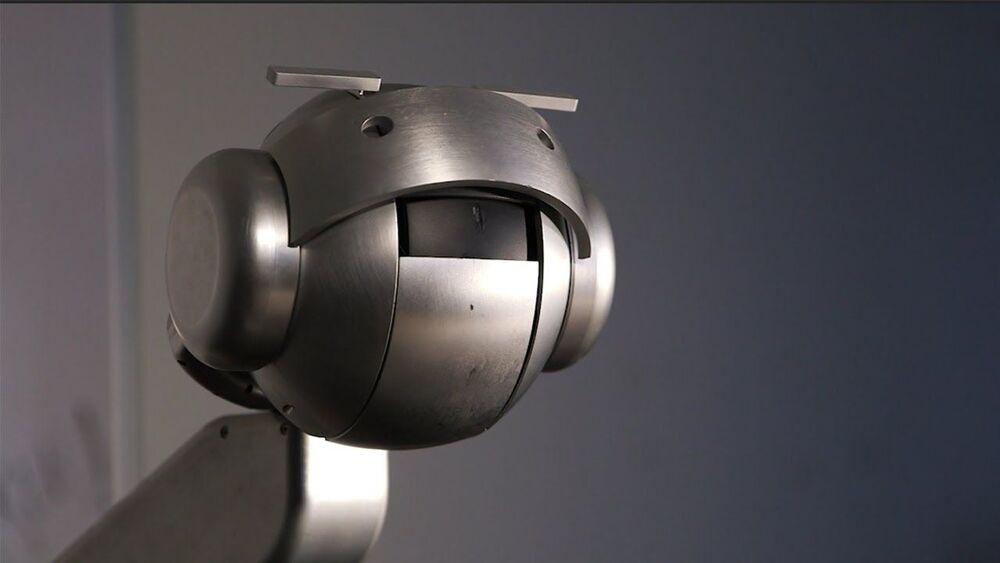

Better Zoom calls, simpler email attachments, smart iPhone cases and other patents from Big Tech.

Here’s how it worked: red buoys placed along the river walk indicated the locations of the digital artworks. Visitors had to install an app on their phones called Acute Art. Pointing their phones at the area around the buoys, they’d see the digital sculptures appear.
The artwork didn’t follow any particular theme, but rather consisted of everything from a giant, furry spider to a wriggling octopus to a levitating spiritual leader. Artists included Norwegian Bjarne Melgaard, Chinese Cao Fei, Argentine Tomas Saraceno, German Alicja Kwade, American KAWS, and several others.
“I want to use augmented reality to shape emotional connections with humans,” Fei told AnOther. “Augmented reality can re-enact what has happened in the past and provide an alternative to reality that is open-ended.”
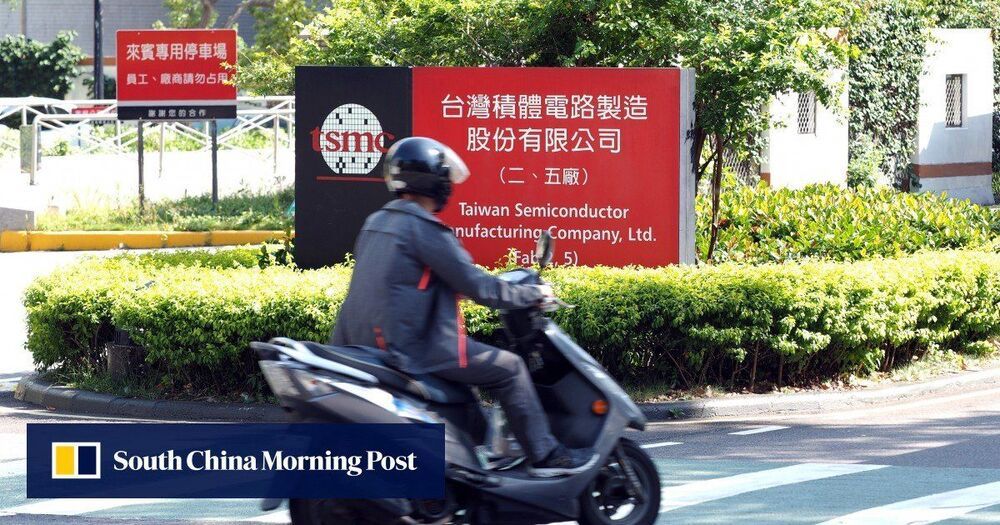
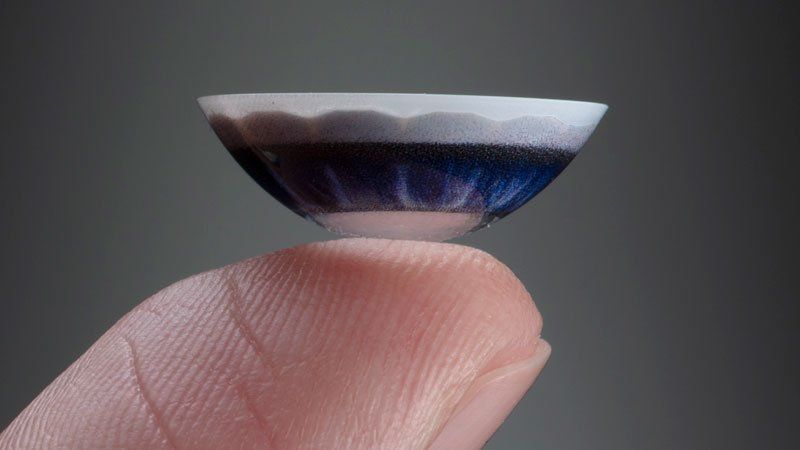
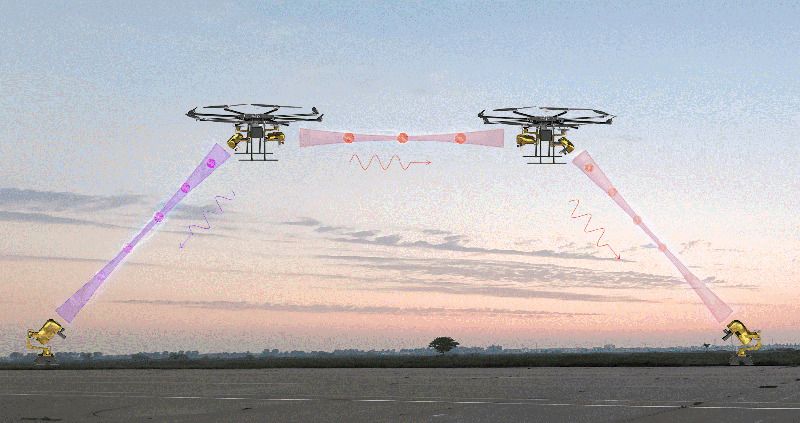
A small prototype of a drone-based quantum network has successfully relayed a quantum signal over a kilometer of free space.
The airwaves are chock full of “classical” information from cell phones, radio stations, and Wi-Fi hubs, but one day those waves could be carrying quantum encrypted messages or data input for a quantum computer. A new experiment has used a pair of hovering drones to dole out quantum information to two ground stations separated by 1 km [1]. This demonstration could lead to a drone-based quantum network that could be positioned—and easily repositioned—over a city or rural area.
Quantum communication promises fully secure message sharing. For example, two users could exchange encrypted messages using “entangled” photons, pairs of particles with a unique quantum-mechanical relationship. For every pair, one photon would be sent to each of the users, who would be alerted to any eavesdropping by a loss of entanglement between the photons. One of the most common methods for sending such quantum encrypted messages relies on optical fibers (see Viewpoint: Record Distance for Quantum Cryptography). But in fibers, a large fraction of the photons scatter before reaching their destination. More photons can survive if quantum information is transmitted through the atmosphere, as in the quantum link established using a Chinese satellite in 2018 (see Focus: Intercontinental, Quantum-Encrypted Messaging and Video). However, satellites are expensive and difficult to adapt to changing demands on the ground.
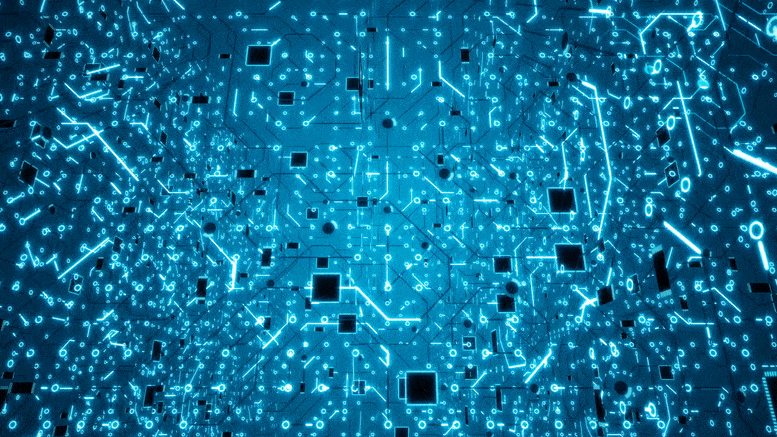
One of the obstacles for progress in the quest for a working quantum computer has been that the working devices that go into a quantum computer and perform the actual calculations, the qubits, have hitherto been made by universities and in small numbers. But in recent years, a pan-European collaboration, in partnership with French microelectronics leader CEA-Leti, has been exploring everyday transistors — that are present in billions in all our mobile phones — for their use as qubits.
The French company Leti makes giant wafers full of devices, and, after measuring, researchers at the Niels Bohr Institute, University of Copenhagen, have found these industrially produced devices to be suitable as a qubit platform capable of moving to the second dimension, a significant step for a working quantum computer. The result is now published in Nature Communications.
One of the key features of the devices is the two-dimensional array of quantum dot. Or more precisely, a two by two lattice of quantum dots. “What we have shown is that we can realize single electron control in every single one of these quantum dots. This is very important for the development of a qubit, because one of the possible ways of making qubits is to use the spin of a single electron. So reaching this goal of controlling the single electrons and doing it in a 2D array of quantum dots was very important for us,” says Fabio Ansaloni, former PhD student, now postdoc at center for Quantum Devices, NBI.

From the best smartphone of the show to the best health-focused device, this is the cream of the crop when it comes to CES announcements and reveals. We’ve seen a tech-filled face mask that solves a lot of the problems of normal masks, as well as rollable smartphone displays.
Here are the best products we’ve seen at CES 2021, with 15 picks across several categories earning our accolades.
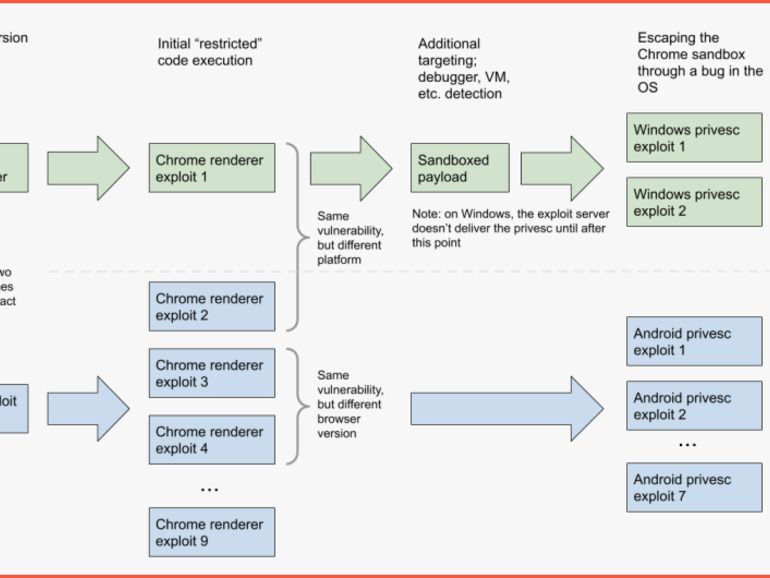
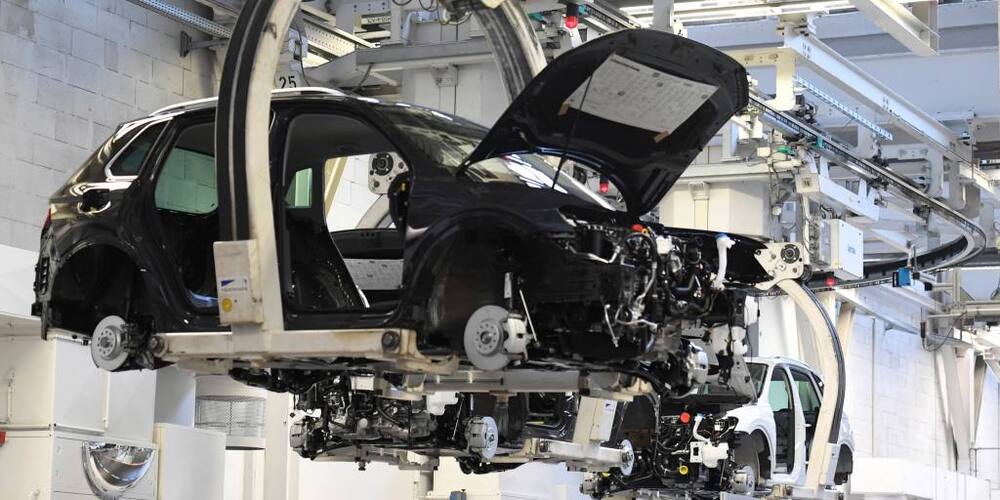
Chipmakers often place orders with contract manufacturers instead of fabricating chips in-house. It takes time to manufacture semiconductors while reconfiguring lines to accommodate varying specifications, making it difficult to turn out different chips at the same time.
TOKYO — The auto industry is facing a severe lack of semiconductors amid rising use of the chips in other products, like smartphones and communication base stations.
This has forced Germany’s Volkswagen as well as Japanese makers like Honda and Nissan to reduce production.
Toyota Motor has decided to reduce production of its Tundra pickup truck at its plant in the U.S. state of Texas due to the semiconductor shortage. The company has not released details on the size or time frame regarding the production cut but is looking into whether the lack of semiconductors will affect other vehicles.
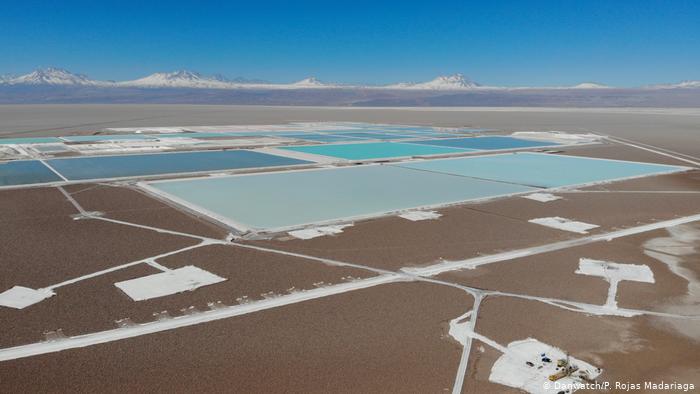
All the clean technologies that we need to combat climate change – whether that’s wind turbines, solar panels or batteries, they’re all really, really mineral intensive.
Cornwall, 1864. A hot spring is discovered nearly 450m (1485ft) below ground in the Wheal Clifford, a copper mine just outside the mining town of Redruth. Glass bottles are immersed to their necks in its bubbling waters, carefully sealed and sent off for testing. The result is the discovery of so great a quantity of lithium – eight or 10 times as much per gallon as had been found in any hot spring previously analysed – that scientists suspect “it may prove of great commercial value”.
But 19th-Century England had little need for the element, and this 50C (122F) lithium-rich water continued steaming away in the dark for more than 150 years.
Fast forward to autumn 2020, and a site nearby the Wheal Clifford in Cornwall has been confirmed as having some of the world’s highest grades of lithium in geothermal waters. The commercial use for lithium in the 21st Century could not be clearer. It is found not only inside smart phones and laptops, but is now vital to the clean energy transition, for the batteries that power electric vehicles and store energy so renewable power can be released steadily and reliably.